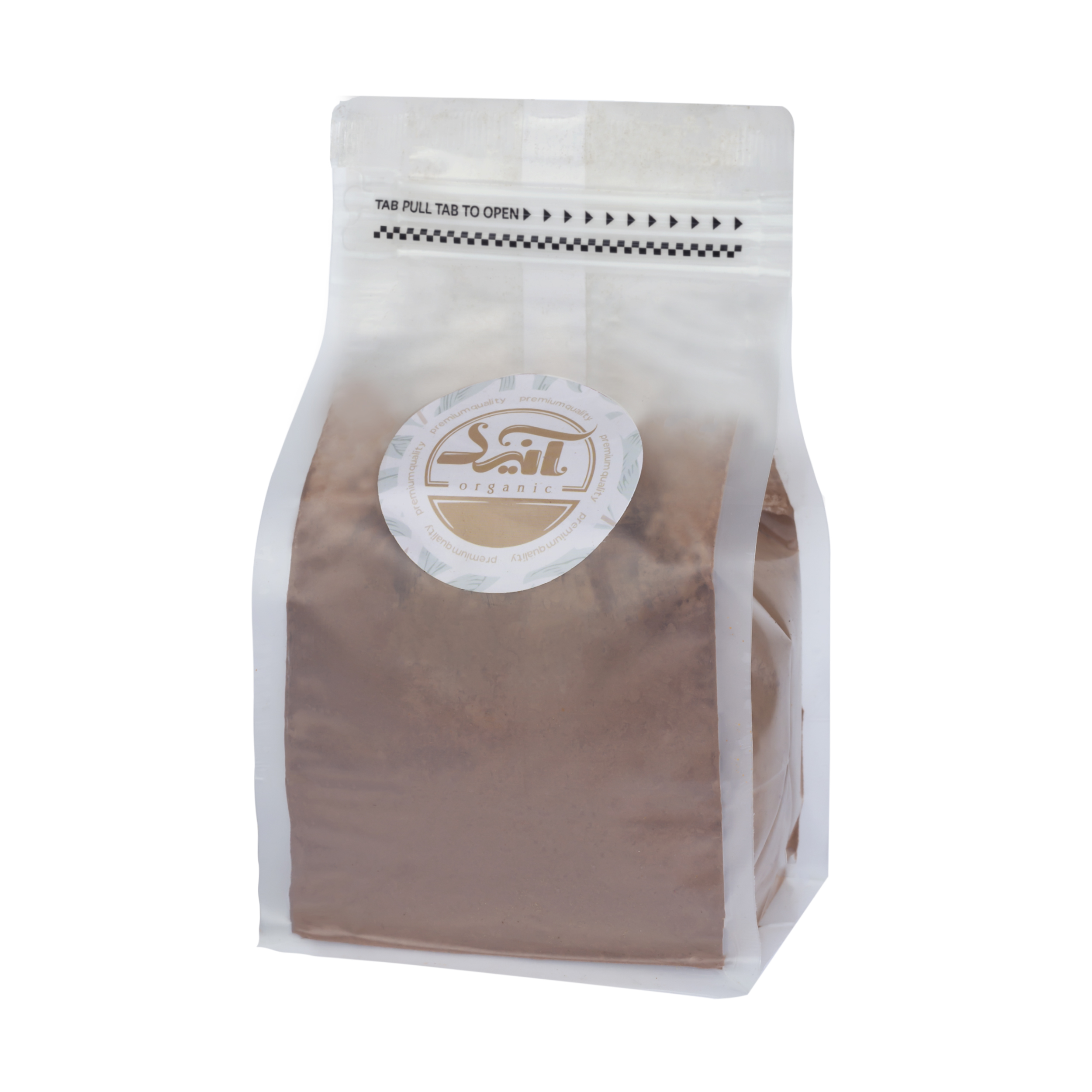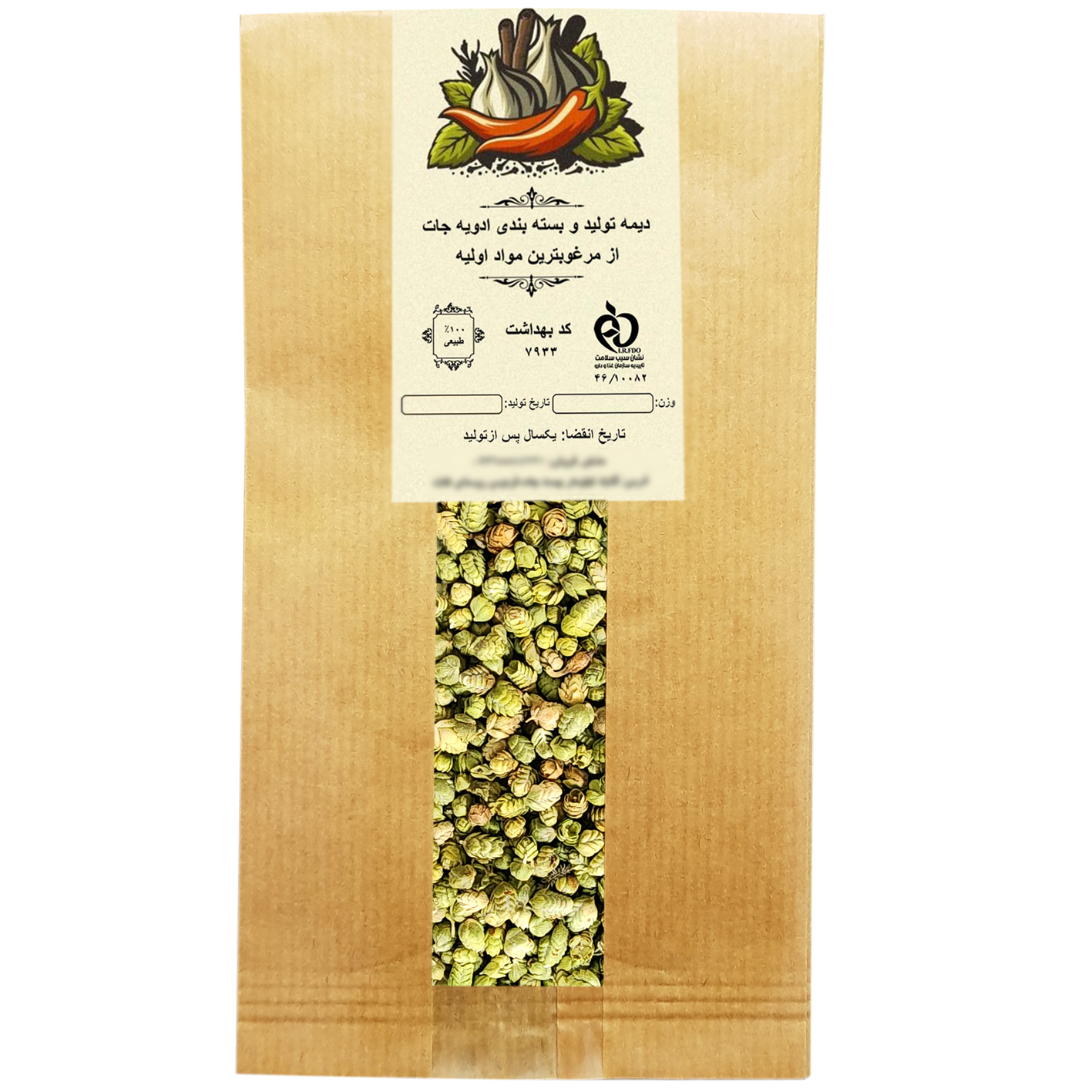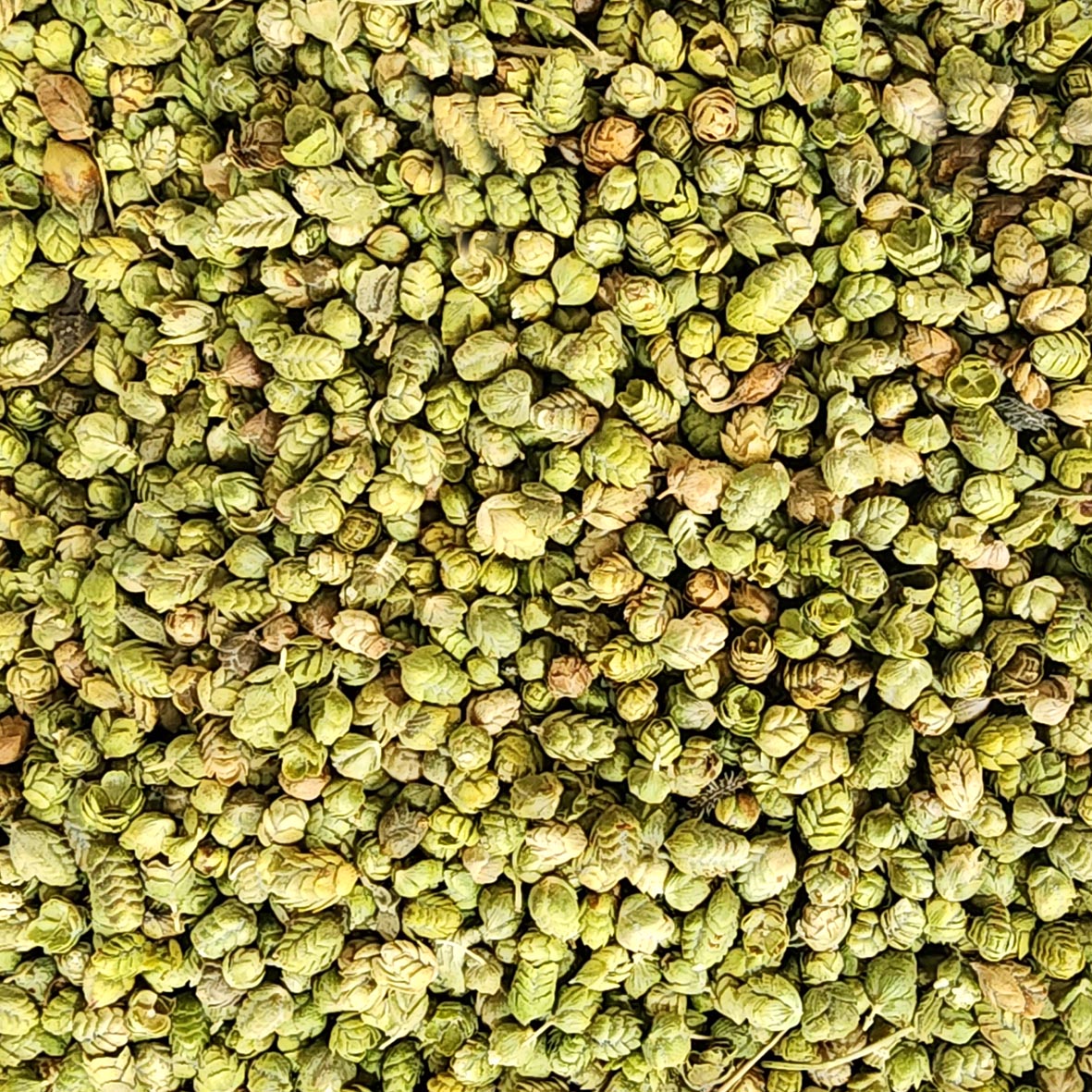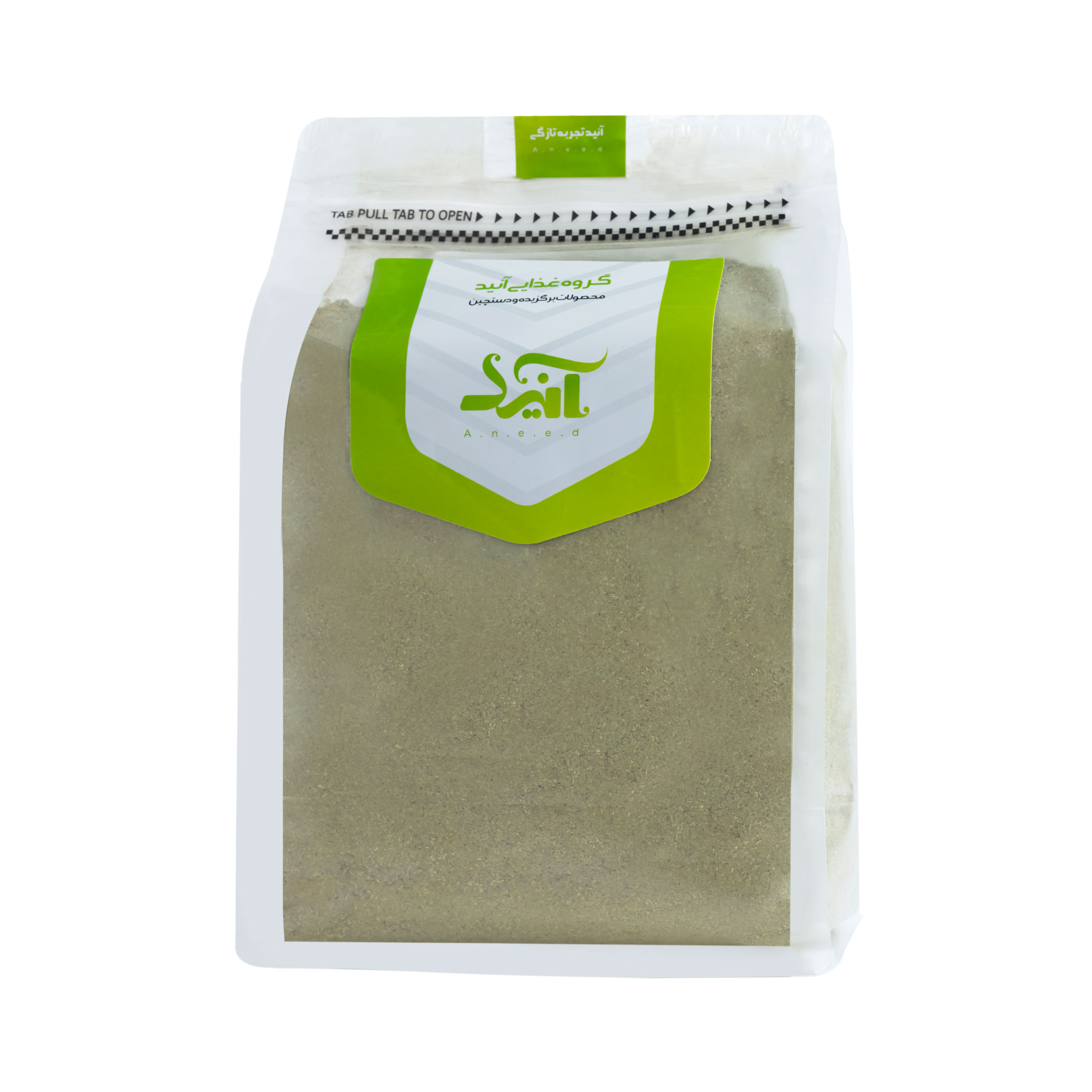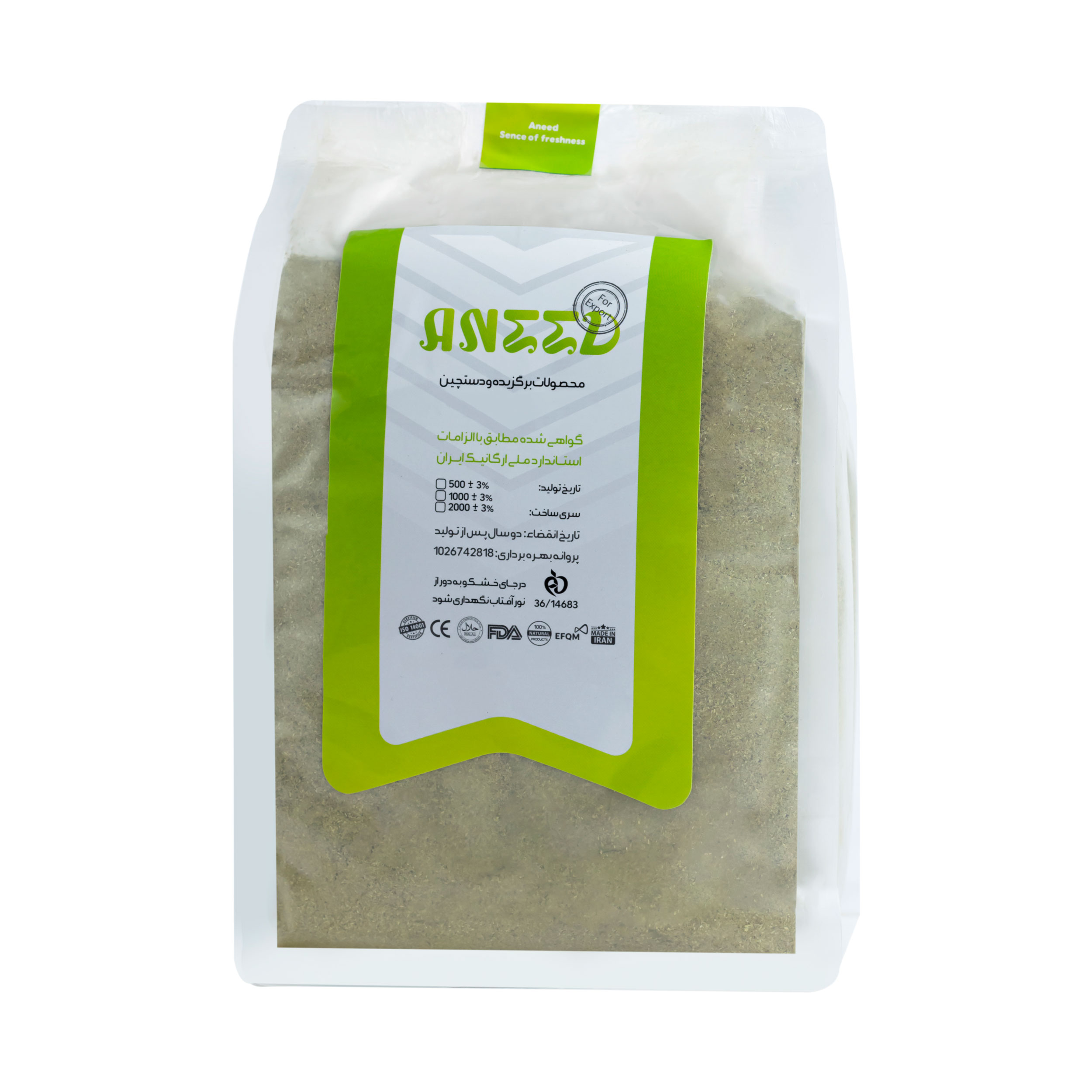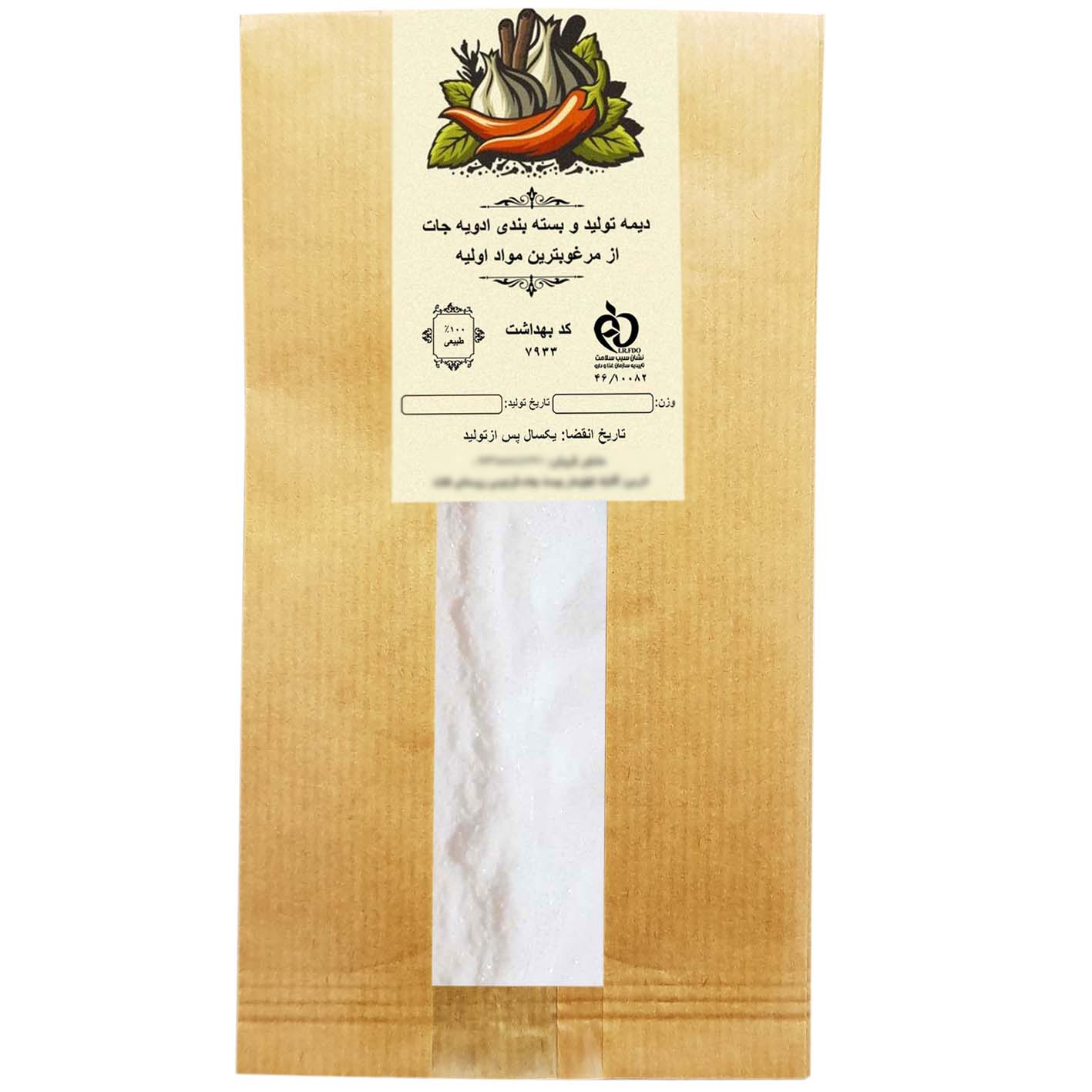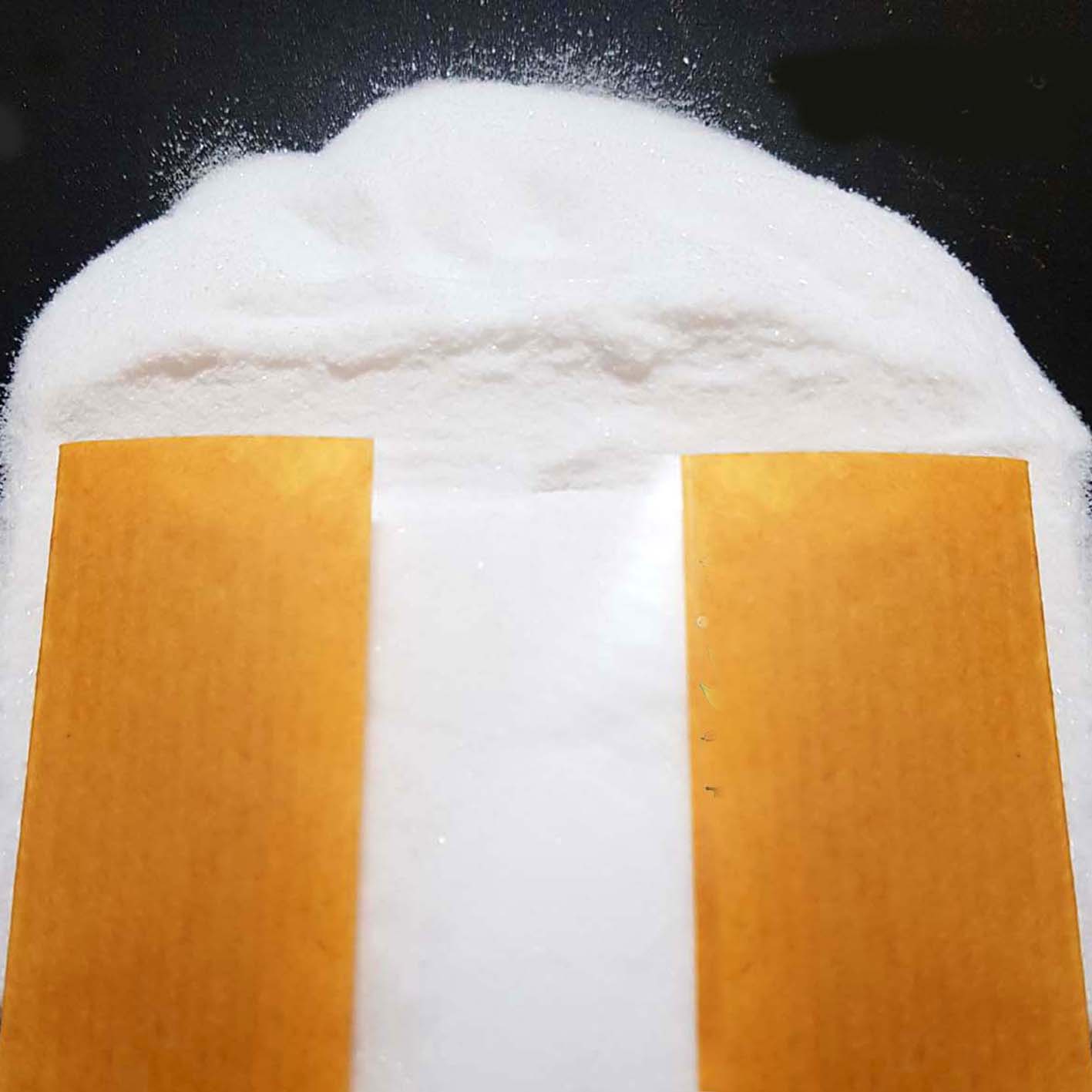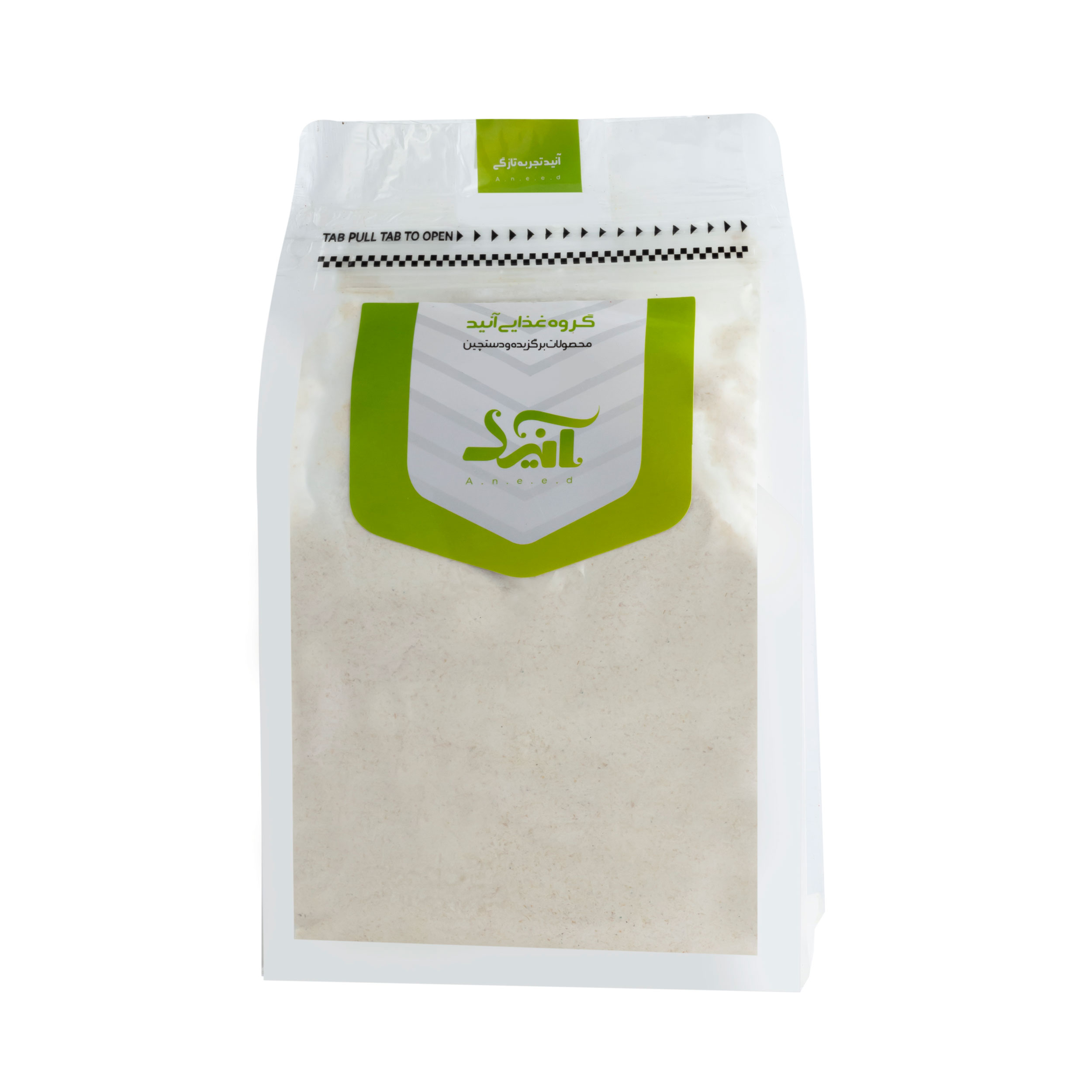
Anid salt vinegar spice – 2000 grams
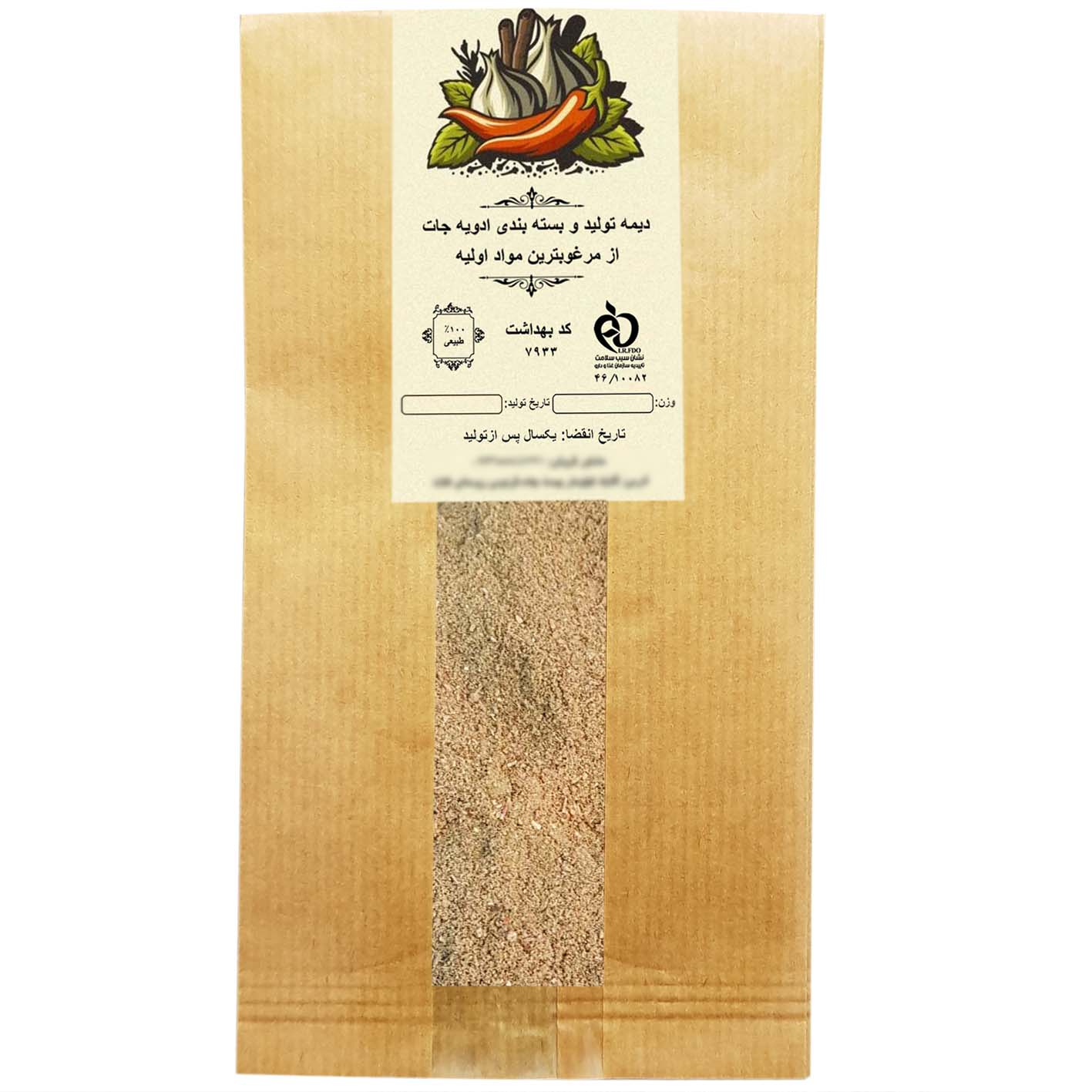
Yogurt spices and Dime buttermilk – 1 kg
Anid export brown sumac – 2000 grams
$598.000 Original price was: $598.000.$508.900Current price is: $508.900.
Introduction
Sumac is one of about 35 species of plants and related genera in the Anacardiaceae family. Its scientific name is Rhus coriaria. Sumac grows in subtropical and temperate regions around the world, especially in East Asia, Africa and North America. Iranian sumac is a product of Sardasht city. Sumac is a small shrub and small tree that grows in rocky places and roadsides and usually prefers deep, well-drained soil. The stems of this plant are light gray or reddish in color. Some species have trifoliate or simple leaves. Leaves are 10-20 cm long, leaflets 5-7 pairs, sessile, oblong to ovate, toothed. The length of the clusters is 10-20 cm. In autumn, the leaves turn bright red. Flowers are in clusters or dense racemes 5-30 cm long. The dried fruits of this plant are used as spices and are also used in combination with other spices. The name sumac comes from the Aramaic language and means red. Active ingredient A wide range of chemical elements from The nutritional and medicinal value of different parts of sumac such as tannins, flavonoids, anthocyanins, organic acids, flavons, proteins, fibers, volatile oils, nitrates and nitrites have been identified. This plant also has minerals useful in the treatment of various disorders and helps in various biological processes. Sumac is rich in polyphenols and flavonoids, adding a sumac to the diet may help lower cholesterol levels, stabilize blood sugar, and even reduce bone loss. According to some researches, sumac contains small amounts of several essential nutrients, including vitamins C, B6, B1 and B2. Heart, kidney and brain cells increase. Other studies by investigating the effects of sumac on brain cells show that this substance has significant changes in brain development.
Introduction
Introduction
Sumac is one of about 35 species of plants and related genera in the Anacardiaceae family. Its scientific name is Rhus coriaria. Sumac grows in subtropical and temperate regions around the world, especially in East Asia, Africa and North America. Iranian sumac is a product of Sardasht city. Sumac takes the form of small shrubs and small trees that grow in rocky places and roadsides, and typically prefer deep, well-drained soil. The stems of this plant are light gray or reddish in color. Some species have trifoliate or simple leaves. Leaves are 10-20 cm long, leaflets 5-7 pairs, sessile, oblong to ovate, toothed. The length of the clusters is 10-20 cm. In autumn, the leaves turn bright red. Flowers are in clusters or dense racemes 5-30 cm long. The dried fruits of this plant are used as spices and are also used in combination with other spices. The name sumac comes from the Aramaic language and means red. Active ingredient A wide range of chemical elements from The nutritional and medicinal value of different parts of sumac such as tannins, flavonoids, anthocyanins, organic acids, flavons, proteins, fibers, volatile oils, nitrates and nitrites have been identified. This plant also has minerals useful in the treatment of various disorders and helps in various biological processes. Sumac is rich in polyphenols and flavonoids, adding a sumac to the diet may help lower cholesterol levels, stabilize blood sugar, and even reduce bone loss. According to some researches, sumac contains small amounts of several essential nutrients, including vitamins C, B6, B1 and B2. Heart, kidney and brain cells increase. Other studies by examining the effects of sumac on brain cells show that this substance has significant changes in brain development.
| Weight | 2000 grams |
|---|---|
| Packaging dimensions | 9x18x27 cm |
| Health license number | 1026742818 |
| Organic | Yes |
| Form of food | powder |
| Other Details | at_nkat-daroei smagh-ani |
| Brand | Anid |
Related products
-
Anid Parsley onion spice – 2000 grams
$764.000Original price was: $764.000.$649.900Current price is: $649.900.

